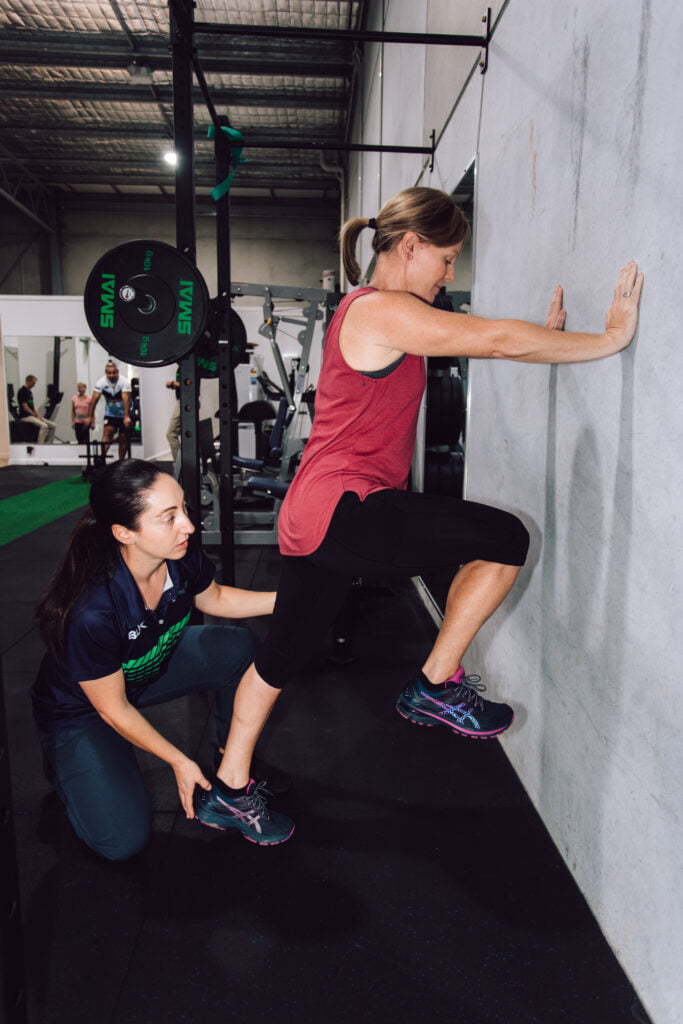The pains of shin splints
Shin pain, especially in running athletes, is one of the most common injuries to occur. Comparing a list of 28 running related injuries, medial tibial stress syndrome (MTSS) or ‘Shin Splints’ as they are colloquially known, is the most prevalent of all!
What is medial tibial stress syndrome (MTSS)?
MTSS is often a quite debilitating condition, responsible for intense pain after running, reduced running performance as a result of pain, and sometimes can lead to time off running.
Our current understanding of MTSS, is that on a physiological level, we are dealing with periostitis (inflammation of the periosteum). The periosteum is the membrane covering the outer surface of our bones. It hosts a supply of blood vessels and nerves required for adequate healing, function and pain sensitisation.
For different reasons, this periosteum can become inflamed, causing the pain we feel on the inside of our shins, ‘shin splints’.
What is the difference between MTSS and a stress fracture?
When dealing with shin pain, it is essential that we differentiate between whether this pain as a result of inflammation, or in fact something more sinister, such as a stress fracture, as both injuries can have similar presentations, however very different management strategies.
A stress fracture of the shin bone, occurs as a result of repetitive stress or trauma to the area, and represents changes in the bone itself, rather than just the periosteum or outer layer. If your Physio suspects that you may be dealing with a stress fracture, they will likely send you for a scan to have this ruled in or out.
A good rule of thumb, is that if the tenderness on your shin bone is 5-10cm in length, than you are most probably dealing with MTSS, however if your tenderness along the shin is only 1-2cm and extremely sharp in nature, there is increased likelihood that you may be dealing with a higher stress response such as fracture.
Why have I developed MTSS?
MTSS is categorised as an overuse injury, meaning it most often develops over time, rather than one acute incident. A combination of different factors can mean you are more prone to developing MTSS, a few of which we will touch on below. The biggest factor that will usually accompany a MTSS presentation, is a recent load change. In a running sense, this could mean anything from increasing your number of kilometres too quickly, running at a higher intensity than you would normally without the appropriate gradual build up to this pace, or even down to adding in a few more hills to your local run or wearing a new pair of shoes. Whatever it may be, MTSS is almost certainly accompanied by a change in load, even if it is unclear where that load change may have occurred initially.
In addition to load changes, a multitude of biomechanical factors may also increase your risk of MTSS, such as ankle mobility, calf strength or foot intrinsic muscle activation.
It is important for a Physio to assess your function in these domains to have a better understanding on treatment plans and exercise strategies specific to you.
Do I have to stop running?
In short, it depends.
In most cases, continuing running in some capacity is perfectly fine, and even encouraged as it ensures we are not de-loading completely and potentially facing a longer return to previous function.
Your Physio may initially look to decrease your running load by a particular amount based off of your current/previous function and pain levels, as well as decrease any high intensity running sessions such as interval sessions (or that “definitely not competitive parkrun” you race every Saturday morning). But don’t worry, you’ll be able to return to these runs in the near future, after your shins have had time to recover.
Prior to increasing your running again, a gradual loading plan prescribed by your Physio, should be implemented to ensure you do not fall victim to the pains of shin splints again!

